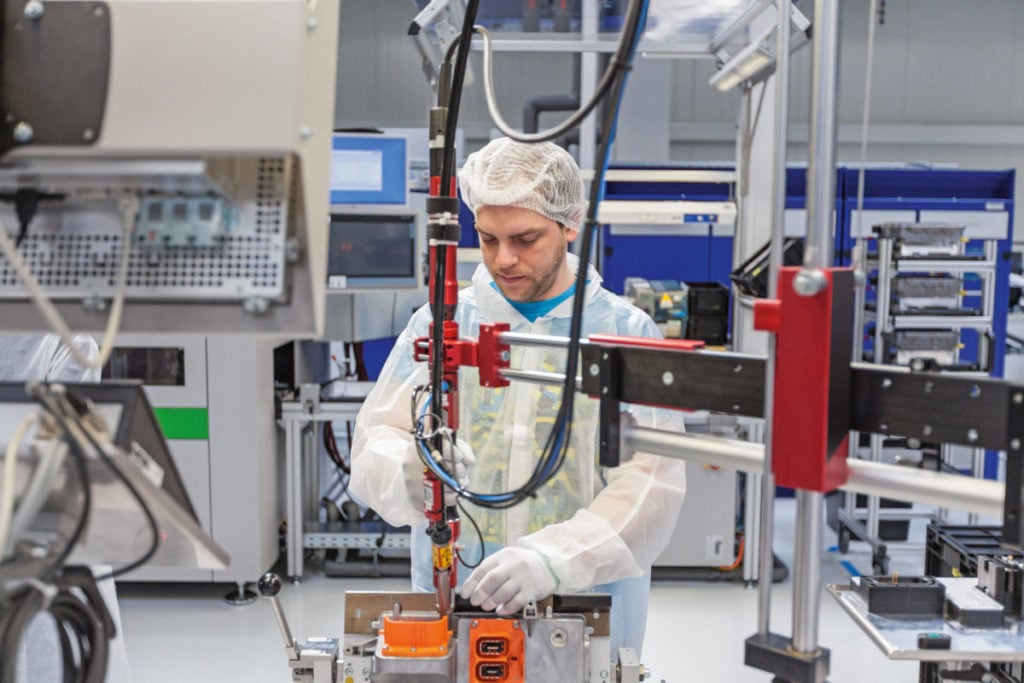
US community solar developer Summit Ridge Energy has signed a supply deal with German technology conglomerate Siemens for 125MW worth of its US-made inverters.
The 1,000 inverters will be deployed at Summit Ridge’s projects across Illinois and Virginia starting in Q1 2025. Siemens will produce the inverters at its recently-commissioned factory in the US state of Wisconsin.
Try Premium for just $1
- Full premium access for the first month at only $1
- Converts to an annual rate after 30 days unless cancelled
- Cancel anytime during the trial period
Premium Benefits
- Expert industry analysis and interviews
- Digital access to PV Tech Power journal
- Exclusive event discounts
Or get the full Premium subscription right away
Or continue reading this article for free
In securing this supply deal with Siemens, Summit Ridge said it now secures “all key solar panel components – including modules, racking and inverters” from US suppliers. The company has a 2GW, multi-year supply deal with Korean-owned solar manufacturer Qcells for modules produced at Qcells’ vertically integrated manufacturing facility in Georgia, US.
With this depth of domestic supply, Summit Ridge “exceeds” the threshold required for the Domestic Content tax credit under the US Inflation Reduction Act (IRA). Under the scheme, solar PV installations that use at least 40% domestically-produced products (on a cost basis) are eligible for an additional 10% tax credit on top of the standard 30% Production Tax Credit (PTC) under the IRA.
Mike Dillon, senior vice president of operations at Summit Ridge Energy said the deal “is enabling our team to exceed the domestic content requirements outlined in the IRA. By sourcing domestically manufactured inverters, we are not only supporting American jobs but also ensuring the reliability and quality of our solar projects. This is a win-win for our company and the communities we serve.”
Balance of system components like racking, trackers and inverters could be key to unlocking the domestic content bonus for solar PV projects. Most US silicon module manufacturers will struggle to meet the component cost threshold for domestic content as the US relies heavily on imported solar cells, which represent the most costly portion of the module supply chain. From 2025, the domestic content threshold will rise to 55%.
In a guest blog for PV Tech earlier this year, Michael Parr, executive director of the Ultra Low Carbon Solar Alliance, explored the “supporting artists” of the US solar manufacturing expansion, namely glass, backsheet, steel racking and module frame producers which could contribute to the domestic content calculation.
In July, the Solar Energy Manufacturers for America (SEMA) coalition called for the Treasury Department to amend the Domestic Content legislation to include solar wafer manufacturing in its calculations in a bid to encourage upstream US solar manufacturing.






